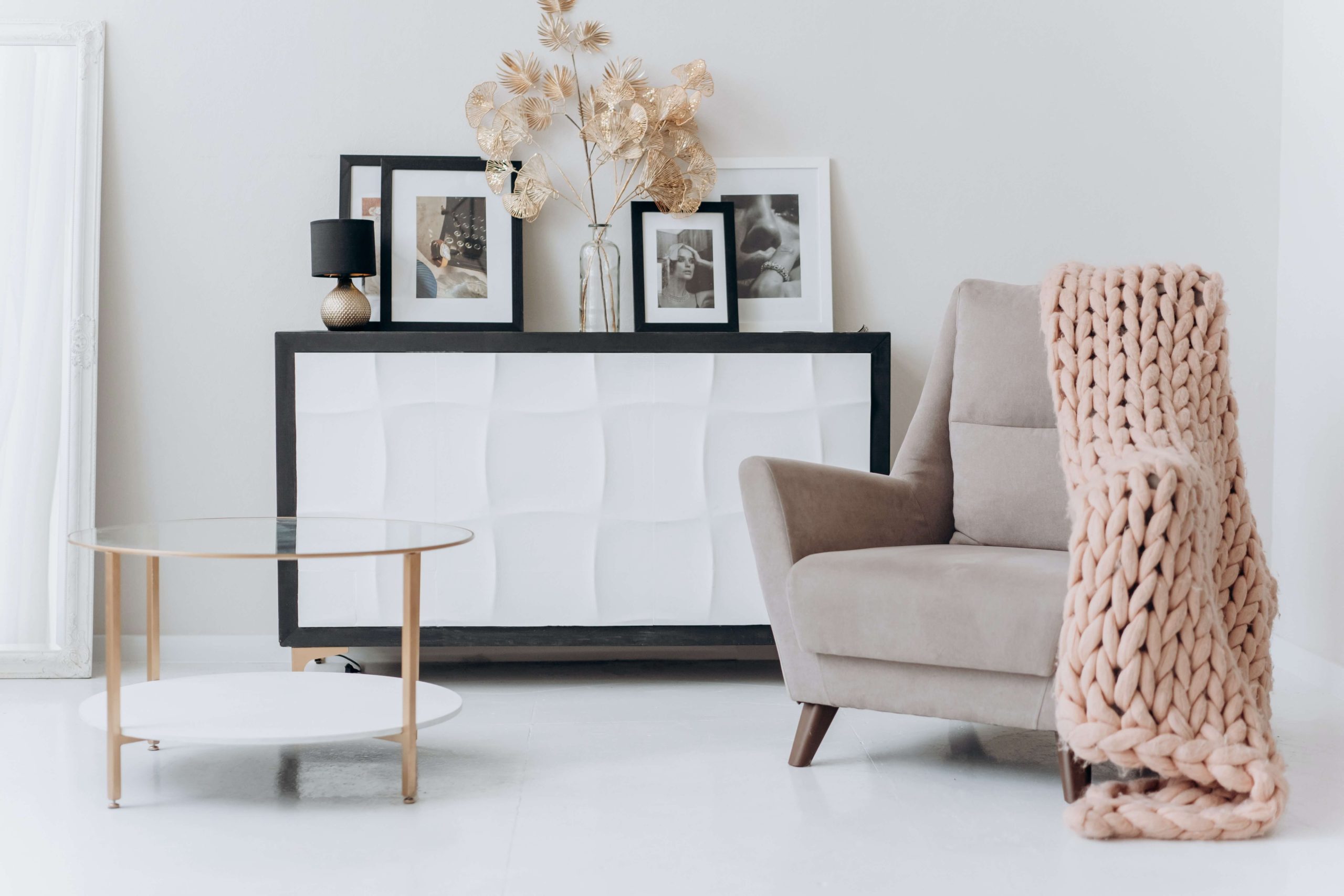Eco-Friendly and Sustainable Interior Design
26/09/2023 2023-09-26 16:07Eco-Friendly and Sustainable Interior Design
Have you noticed the rising trend of minimal spaces furnished with lush natural greenery and sustainable décor? As the world continues to deal with climate change, global warming, and environmental degradation, society is becoming painstakingly aware of the importance of environmentally friendly buildings and interior design. Whether the ultimate goal is the renovation, decoration, or architectural detailing, designers and homeowners have promptly set out to adopt sustainable interior design practices.
Apart from lending a calm and subtle touch to your space, the green interior design supports environmental conservation, is relatively easy on the wallet, and aesthetically appealing too.
So, without waiting, let’s dive into the world of eco-friendly interior design!
Understanding the term ‘Interior Sustainability’
The rising environmental concerns have brought forth interior sustainability that aims to reduce the negative impacts on the environment, while not comprising the comfort and aesthetic of a place.
Sustainable interior design is about focusing on the needs of the present generation without preventing the ability of future generations from meeting theirs.
By definition, it is an environmentally responsible approach to interior design that integrates sustainability into its fundamental principles, by using natural resources in the design process.
The American Society of Interior Designers (ASID) believes that sustainability must be a vital part of each designer’s approach. Design schools have even started coming up with sustainable interior design course options to prepare professionals that contribute towards a greener tomorrow.
Markers to Attain Interior Sustainability
Given below are the sustainable design principles that eco interior designers can follow to the T, reducing negative footprint and building a better, greener future.
Ensure Energy Efficient Design
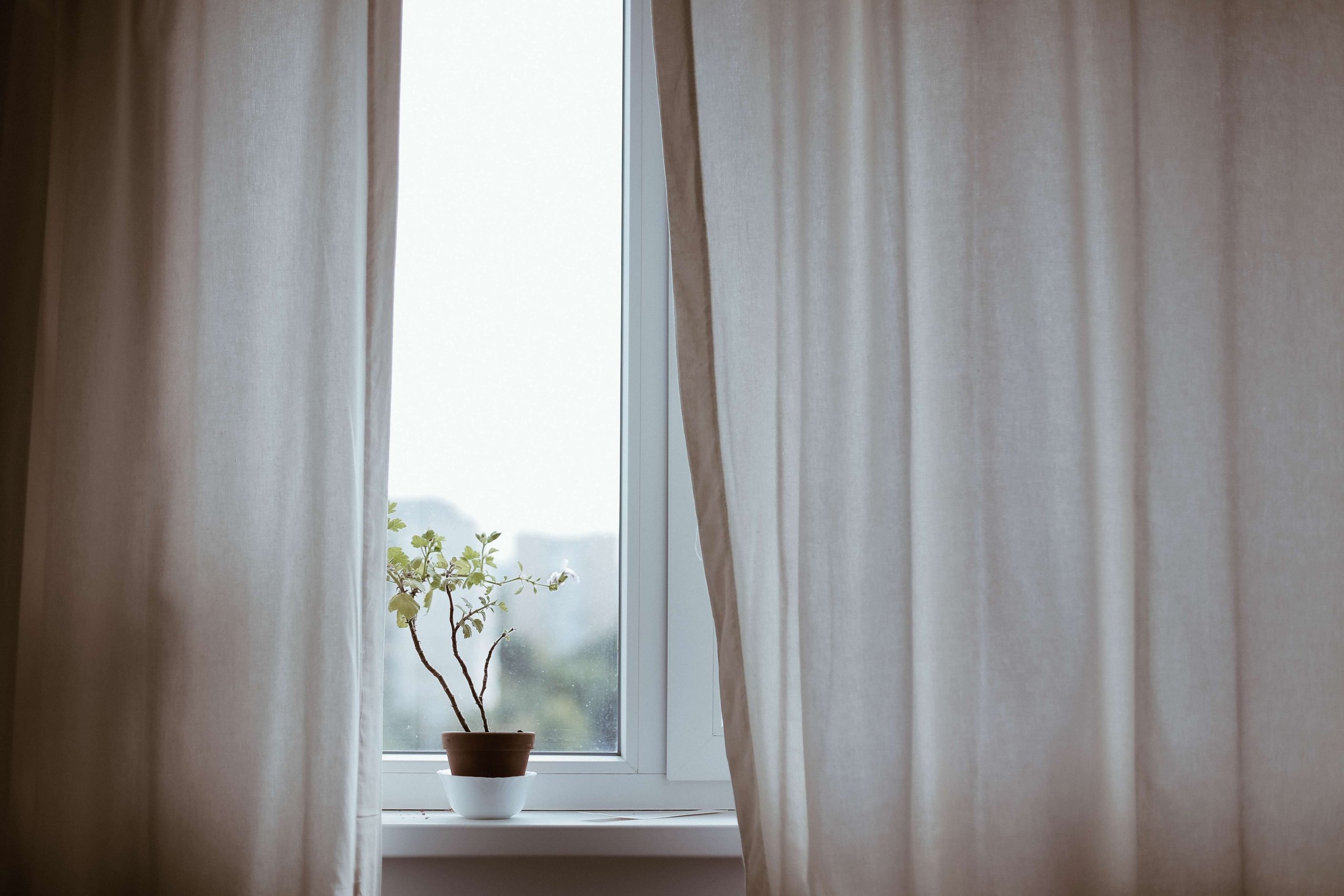
Buildings are the major culprits of the environment responsible for greenhouse emissions caused by energy consumption.
Interior designers can play a major role in alleviating this environmental threat by working with windows that are of premium quality and ensure great insulation. Curtains and drapes can be used to keep the sun rays out and cold air in.
Window blinds, covers, and shades can further control the building’s temperature in an energy-efficient way by opening and shutting them as required.
Carpets, on the side, can retain at least 10% of the room’s heat, while the use of light wall colours can brighten up the space and minimize the need for artificial lights.
Try to Minimize Waste
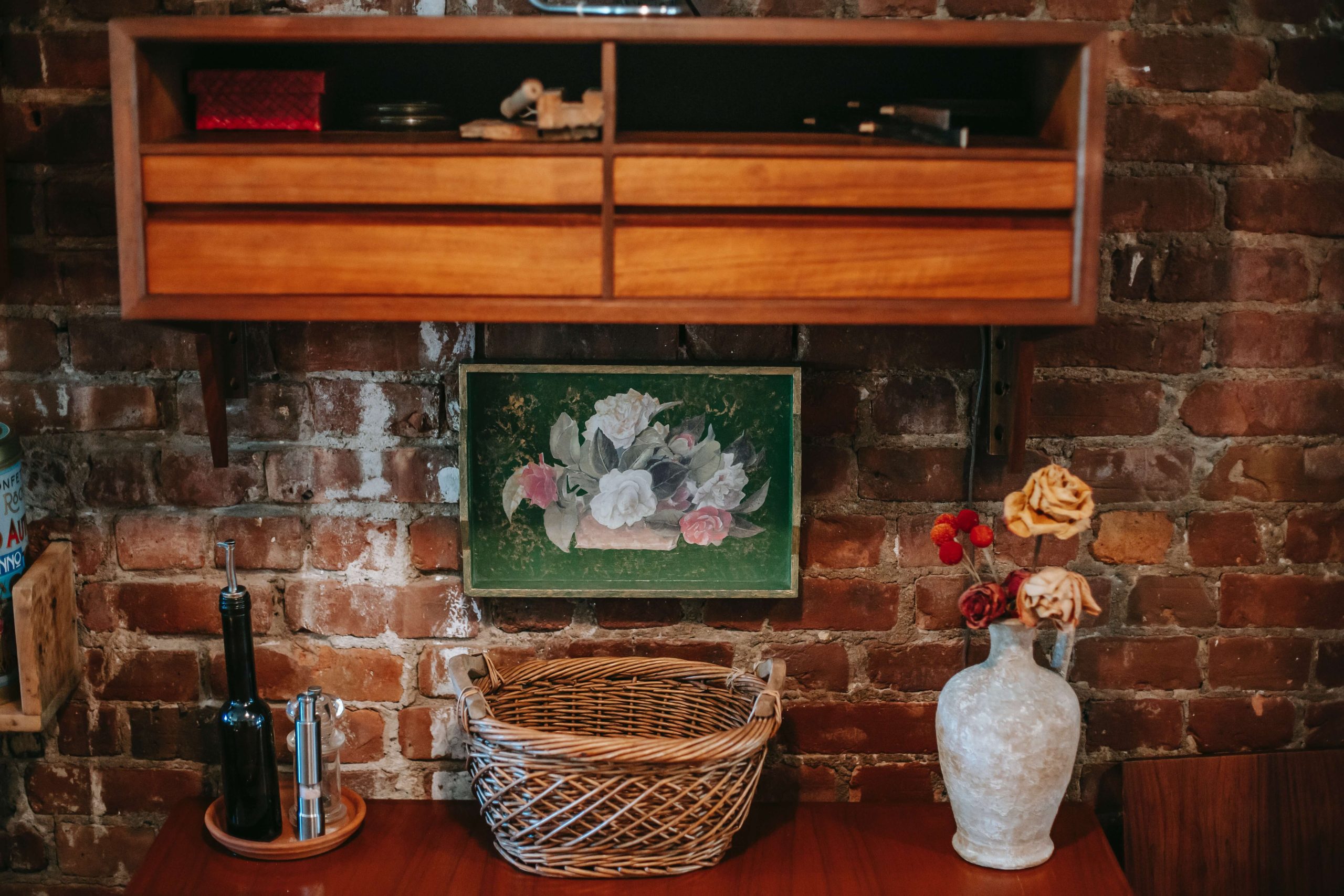
The planet’s resources are on the verge of exhausting, so the mindset of discarding products as soon as they go out of fashion and bringing home new ones that are currently trendy is no longer a justifiable option.
Fortunately, the interior design realm is increasingly bending towards sustainability and is experimenting with trends such as repurposing, recycling, and upcycling for décor.
Furniture and decorative items can be refinished and refurbished to instil in them a new lease of life – and develop a vintage and rustic décor. Another way to minimize the depletion of natural resources is by opting for synthetic materials that are made from recycled waste or can be renewed at the end of the life cycle.
Be Mindful of longevity in Design
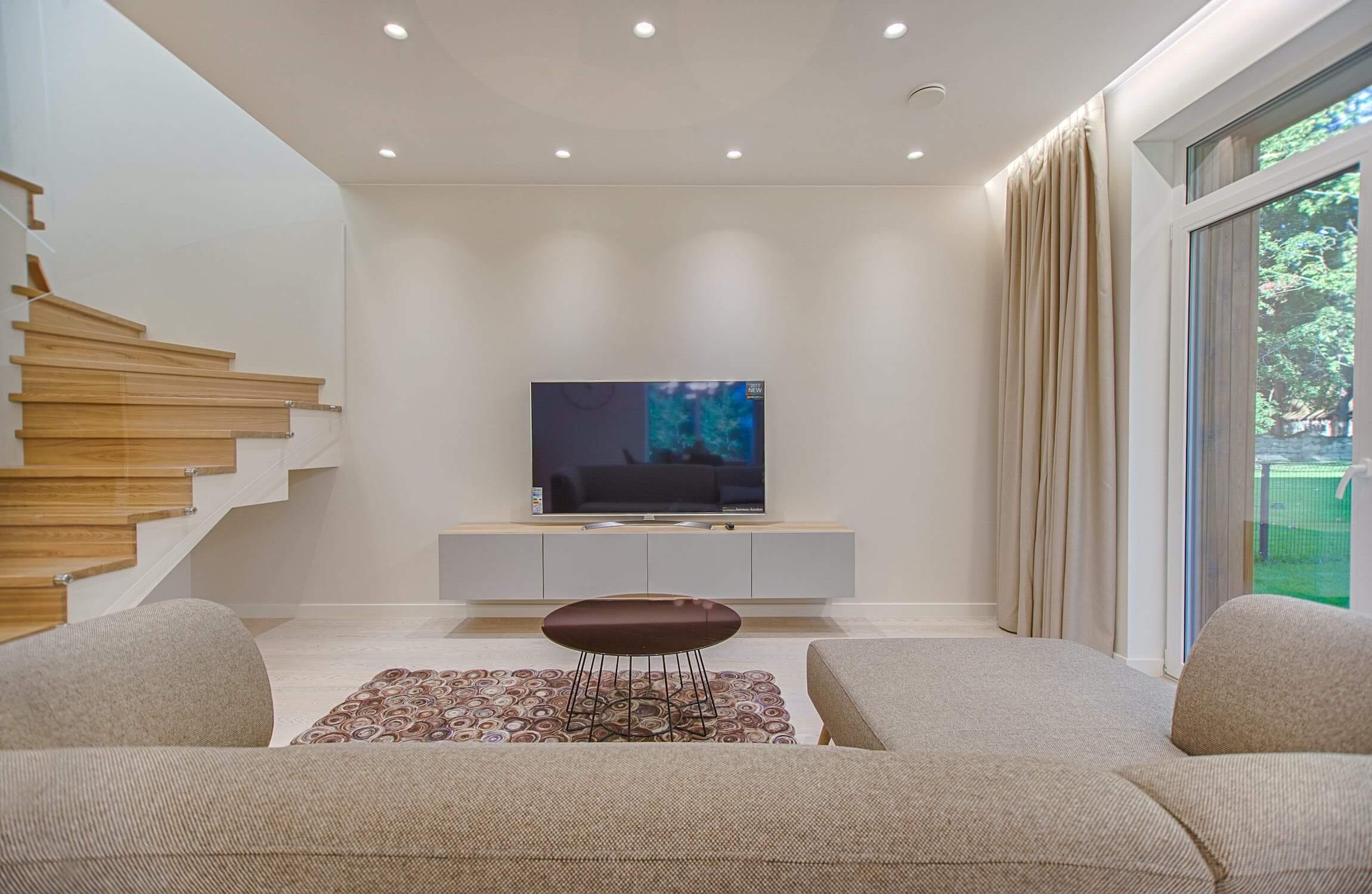
The lifespan of products and materials must be carefully considered when interior designers are designing, especially for those that may experience excessive wear and tear. The goals of designing should be to ensure longevity – durable and timeless spaces.
You can pick quality over quantity, functionality and simplicity over embellishments, and classics over trendy to achieve timelessness.
Invest in elements that seem to be sturdy, handy, and easy to maintain or replace – when spaces are hard to care for, frequent changes are inevitable, which increase resource consumption and add to the waste problem.
Environmentally Friendly Interior Design: Pick the Right Materials
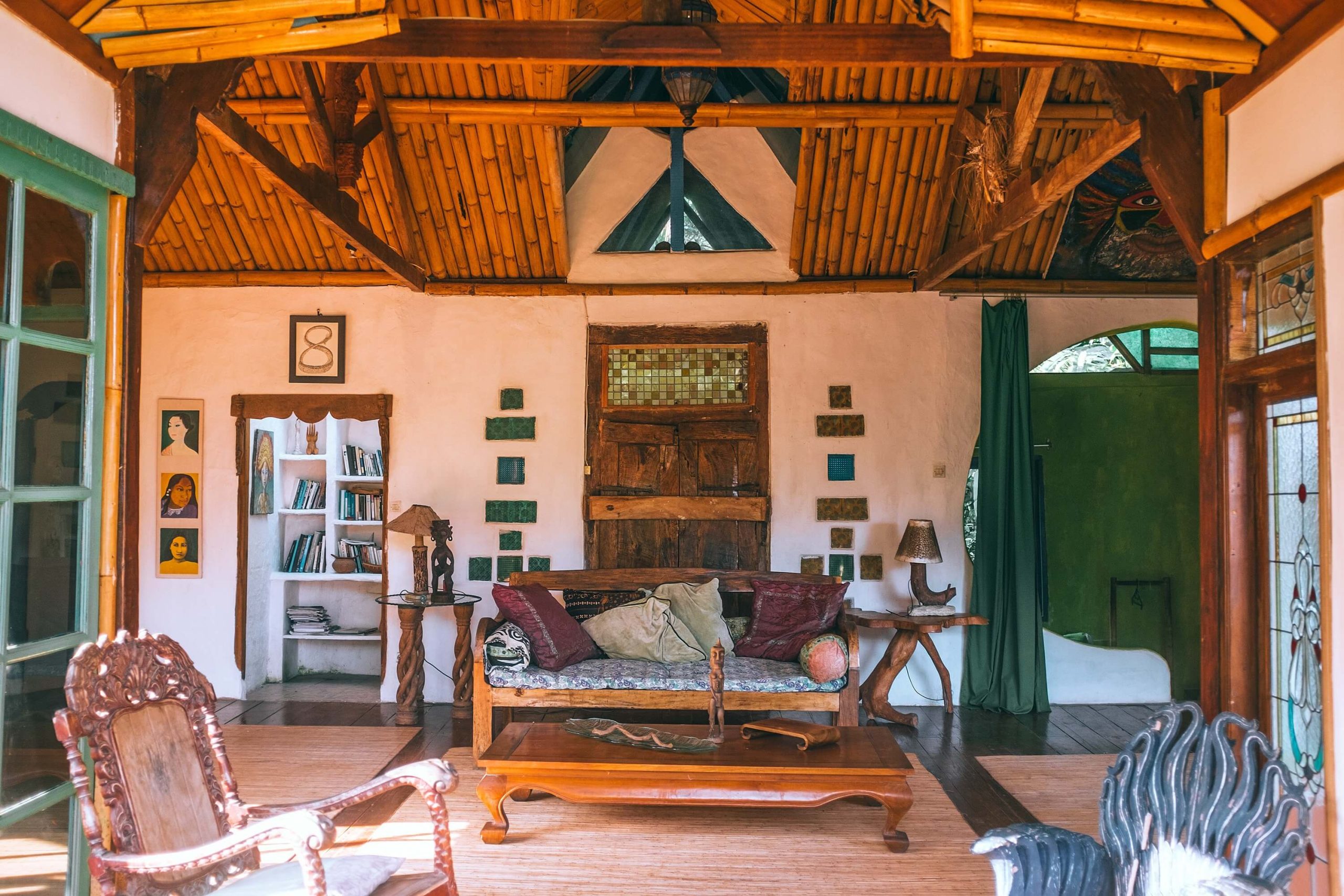
It’s important to understand that environmentally friendly interior design doesn’t necessarily point to installing solar panels, reducing the use of electricity, or conserving water. Surely, they do play a critical role in supporting a sustainable future, but at the crux of design lies the role of sustainable interior design materials.
Even so, resources and materials need to be picked out responsibly, keeping in mind their production, extraction, processing, and transportation alongside disposal.
As such, materials that are good for you and the planet are as follows:
⦁ Reclaimed wood: Recycles old material, providing homes with a rustic and boho touch that speaks volumes about your timeless taste.
⦁ Bamboo: Grow tropically, but a much more sustainable choice as it’s one of the fastest-growing plants and an excellent renewable resource.
⦁ Recycled Metal: Reduces pollution and saves energy, but most likely crafts sustainable industrial design appearances for the space.
⦁ Bio-glass: A great alternative to create décor items from countertops to bathroom sinks and flooring.
Style your Interiors: Sustainable Interior Design Ideas
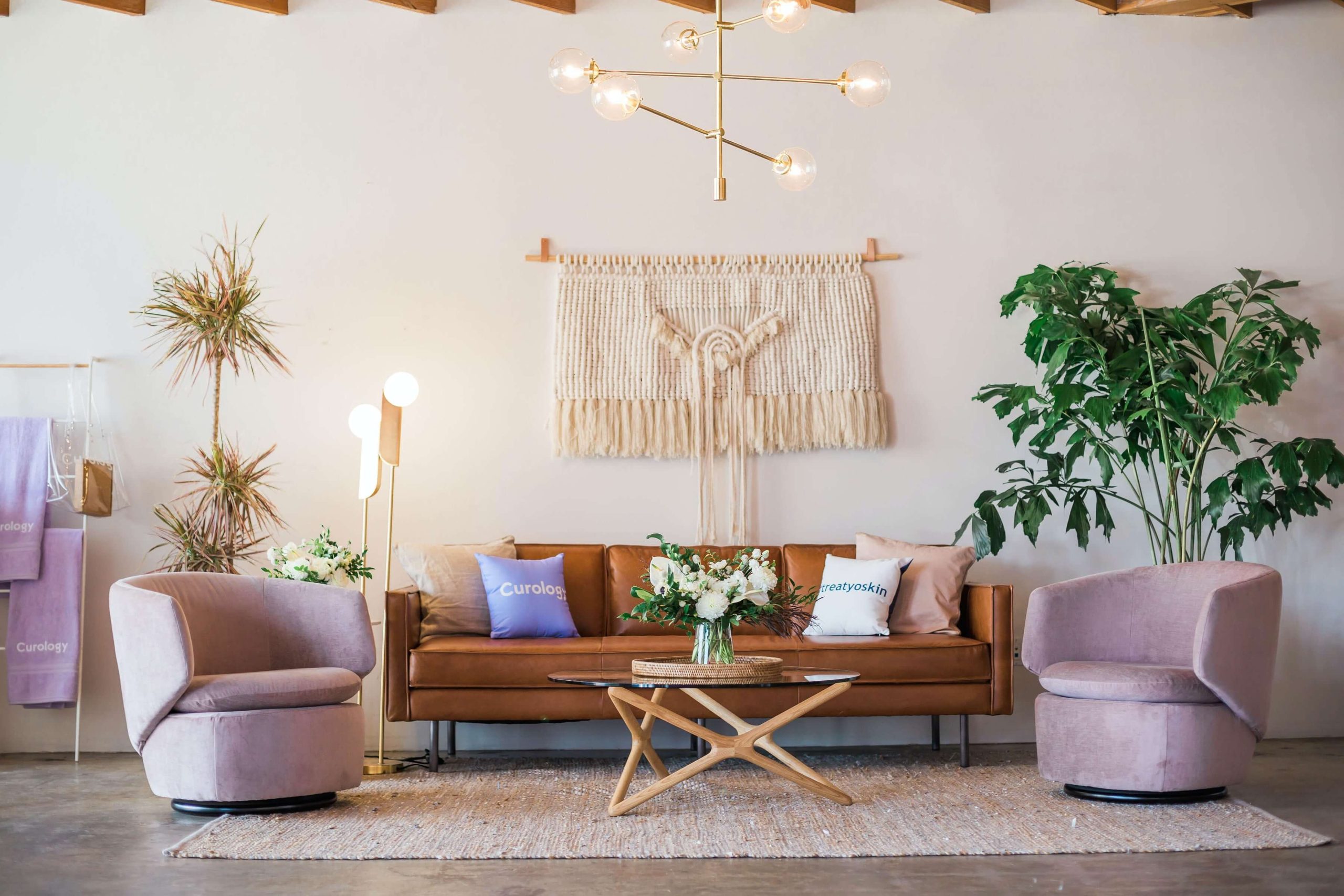
If you’re ready to jump into the bandwagon of sustainable interior design, understanding the magnitude of the planet’s poor condition, then you are probably looking for some great sustainable interior design ideas.
How about bamboo partitioners to upgrade living spaces or dining areas with subtlety and freshness? These give you the functionality you want without comprising the visual aesthetics of the home. You can further accentuate their beauty by adorning LED lights all over bamboo poles. These will add a touch of warmth and mesmerizing glow to your space.
Jute, on the other side, adds a rustic look to your space and, amazingly, can be used in numerous ways to take the interiors a level up without harming the environment. You can use it for furniture pieces such as upholstery, ottomans, sofa, and headboard. You can even add a swing made of jute ropes to bring out the fun element of your space.
All things considered, the best is to go minimalistic with the interior design. It will give your space a clutter-free look, making it more spacious and appealing to the eye. Surprisingly, it will bring out each decor element added to make a space stunningly beautiful.
Bottom Line
Designing sustainable interior design requires great attention to detail and knowledge of sustainable practices in interior design. Understanding environmental concerns are just the first step in supporting a healthier and sustainable planet. You must take steady actions to contribute towards eco-friendly buildings and design.
Whether you’re an aspiring art or design student looking to enter the field of interior design, opt for a BSc. in Interior Design from the JD School of Design to secure a competitive advantage. The course introduces you to nuances of interior design, crafts practical sessions to equip you with various ways to “greenify” a space and exposes you to the latest relevant trends in interior design.

